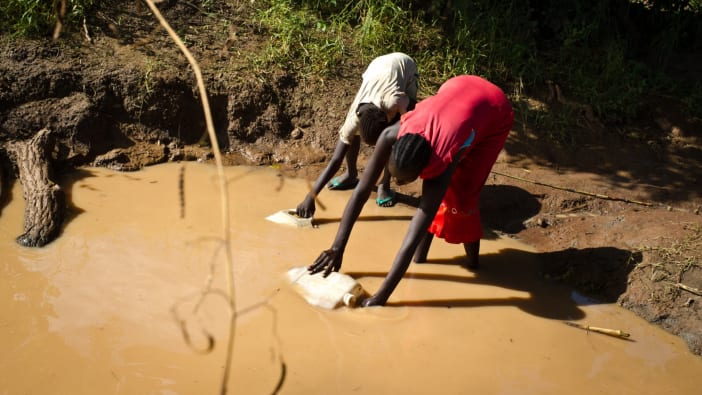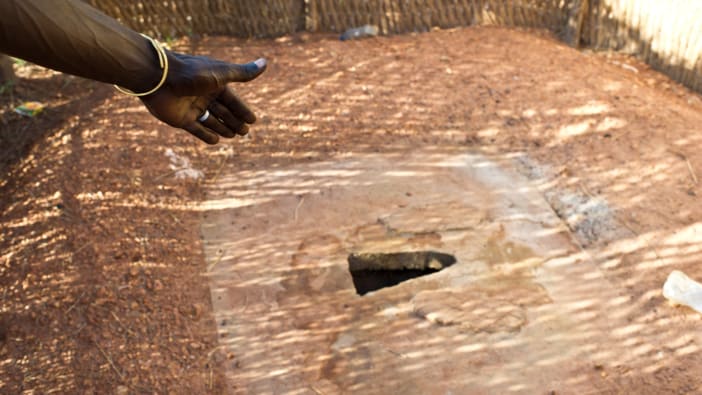by Scott Jones.
Conflicts can often arise about access to and control of natural resources like land, water in a stream or well or products from a forest or lake. Such conflicts may result in that resource not being managed in a productive or sustainable way. We usually think of conflict as being negative. But conflict can be used positively – it can bring issues to the surface which can then provide an opportunity to heal wounds, to develop goals and ways to achieve those goals that are acceptable to everyone.
The causes of conflict
Conflicts do not just occur between different communities, companies and governments, they also occur within them. People in local communities are not all the same. Groups and individuals differ in gender, class, caste, clan or tribe, education, age and religion. People may use and depend on the resource in a different way. Each group or individual has different levels or types of power over the access to and control of the resources – some may have very little power.
Companies face pressure from competitors and shareholders. They have to balance the ability to make a shortterm profit with the importance of developing sustainable income in the longer term.
Governments also face conflicts of interest. Agriculture, Water and Forestry departments may not always appear to be on the same team as they discuss resource use. Most departments or ministries are short of cash, so staff and resource shortages can increase the tension.
This may be the situation when a development project or a company arrives. Often their arrival has been planned outside the area of impact, raising old conflicts and creating new ones. Some groups may respond with a ‘grab what you can now’ approach and rely on force or persuasion. Relationships may worsen and so may the conflict itself. Some groups may seek to exert power and authority over the situation, selfishly or for the common good – for example physical or economic power, or power that comes from knowledge.









